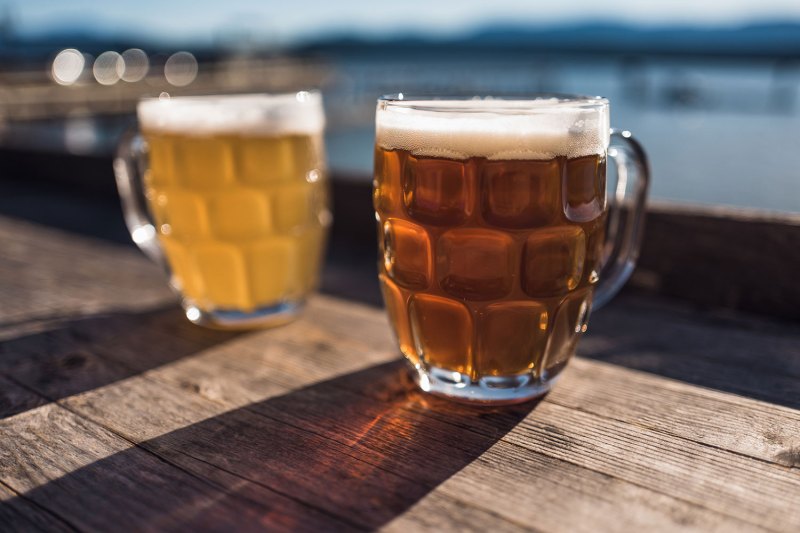What better way to start off 2019 than with a New Year’s resolution that will make you (and your friends) happy? It’s time to start a new hobby: brewing your own beer.
There are two primary schools of homebrewing techniques: malt extract and all grain. On one side are those who brew their own beer using grains that have been distilled into liquid or malt extracts. Other homebrewers use more traditional all grain methods, similar to the processes used by commercial breweries.
Using malt extracts is ideal for new brewers who don’t have the equipment or space to crush and mash their own grains and perform the lautering process, but still want to experiment with the basic principles behind creating their own beer. The downsides with extract brewing are the limitations in the available flavor profiles and refined technical processes that can take a beer from being merely good to outstanding.
There is a way, though to bridge the gap between the two styles of brewing, which takes great elements from both methods and combines them: the Brew in a Bag system.

While still using all grain ingredients, the entire brewing process occurs within a single pot. Experienced extract brewers will already have the base equipment including a kettle, thermometer, long-handled stirring spoon, and paddle. The only other requirements are a filter bag and fine mesh strainer. With those tools and the grains, hops, and yeast specified by your recipe, you’re ready to brew all grain beer with just one burner on your stovetop.
If you’re not an extract brewer already, you can find out how to homebrew on the cheap here. Want to learn, but don’t have the time to read? Check out our podcast episode all about homebrewing.
Many online homebrew stores sell ready-made Brew in a Bag kits (such as this one from Northern Brewer) for those looking to get up to speed fast with this method. Alternatively, head to your local homebrew shop and ask for a bespoke Brew in a Bag recipe to replicate your favorite style. Each kit should include blended grain malts, hops, yeast, and detailed instructions for how to proceed. Once you have a few batches under your belt, you’ll be able to go off-book and craft your own recipes.

The Homebrewers Association compares the Brew-in-a-Bag method with “making a huge volume of tea with the largest tea bag you have probably ever handled.” That’s an apt description as the process of extracting the sugar from the grains is very similar to steeping tea leaves. Once that step is completed, the remainder of the brew day will be very familiar to extract brewers. The wort, or “pre-beer,” is brought to a boil and hop additions are performed according to a set schedule. Finally, the wort is cooled, aerated and provided with yeast for fermentation.
Brew in a Bag is an easy way for apartment dwellers or relatively new homebrewers to advance into the more traditional world of all-grain brewing without making a large investment in equipment. The smaller batch sizes and limited gear make for a short, enjoyable brew day with the same great-tasting homemade beer as a reward.


